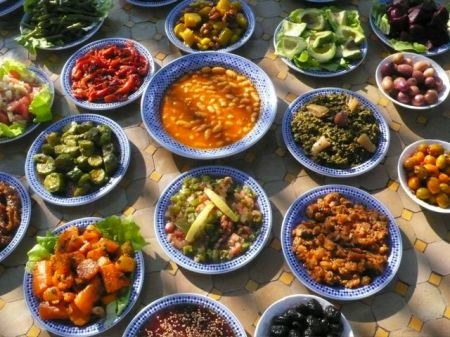Fez Travel Guide, Where to Eat, Sleep & Stay
May 5th, 2020
Fez el Bali was listed as a UNESCO World Heritage site in 1981. Built during the Idrisid dynasty (789 – 808 AD), the ancient walled city of Fez is one of the oldest in the world. Fez was designed on a slope using historic traditions of Islamic architecture to prevent rainwater…



